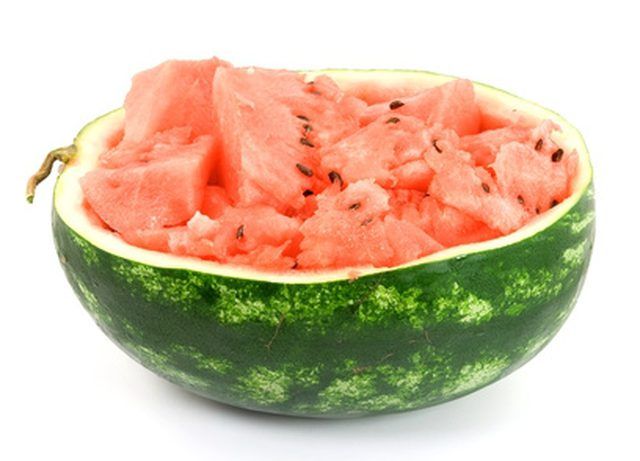Bulbs
Flower Basics
Flower Beds & Specialty Gardens
Flower Garden
Garden Furniture
Garden Gnomes
Garden Seeds
Garden Sheds
Garden Statues
Garden Tools & Supplies
Gardening Basics
Green & Organic
Groundcovers & Vines
Growing Annuals
Growing Basil
Growing Beans
Growing Berries
Growing Blueberries
Growing Cactus
Growing Corn
Growing Cotton
Growing Edibles
Growing Flowers
Growing Garlic
Growing Grapes
Growing Grass
Growing Herbs
Growing Jasmine
Growing Mint
Growing Mushrooms
Orchids
Growing Peanuts
Growing Perennials
Growing Plants
Growing Rosemary
Growing Roses
Growing Strawberries
Growing Sunflowers
Growing Thyme
Growing Tomatoes
Growing Tulips
Growing Vegetables
Herb Basics
Herb Garden
Indoor Growing
Landscaping Basics
Landscaping Patios
Landscaping Plants
Landscaping Shrubs
Landscaping Trees
Landscaping Walks & Pathways
Lawn Basics
Lawn Maintenance
Lawn Mowers
Lawn Ornaments
Lawn Planting
Lawn Tools
Outdoor Growing
Overall Landscape Planning
Pests, Weeds & Problems
Plant Basics
Rock Garden
Rose Garden
Shrubs
Soil
Specialty Gardens
Trees
Vegetable Garden
Yard Maintenance
How to Tell If a Watermelon Is Ready to Eat
How to Tell If a Watermelon Is Ready to Eat. A watermelon is a type of edible fruit and is one of the most common types of melons. There are more than 1,200 different varieties of watermelon. The most common variety contains a green, yellow or white striped outer core called a rind and a pink juicy and sweet center. When the melon is ripe, it is...

A watermelon is a type of edible fruit and is one of the most common types of melons. There are more than 1,200 different varieties of watermelon. The most common variety contains a green, yellow or white striped outer core called a rind and a pink juicy and sweet center. When the melon is ripe, it is ready to be harvested, sold and consumed. Several simple methods can be used to determine if a watermelon is ready to eat.
Things You'll Need
Knife
Thump on the top of the watermelon with your finger. If you hear a dull thud, the watermelon is ripe and ready to eat. If you don't hear a thud at all, the melon is still too firm to eat.
Inspect the rind. The rind should be of a dull green color with little contrast between the stripes of color. The melon should feel slightly rough and be free of any dents, bruises or cuts. The bottom of the melon will appear yellow--not white. If you notice a lot of white on your melon, the fruit still needs to be ripen and should not be eaten.
Pick up the watermelon. A melon that is ready to eat will feel heavy. Watermelons are 92 percent water. Pick up a few melons and compare their weight.
Cut the watermelon. Use a sharp knife to cut through the rind. If the rind feels very firm and there's a lot of resistance while trying to cut the fruit, the melon is likely not ready to eat. A ripe, ready to eat melon will cut with little effort--you shouldn't haven't to apply a lot of weight while cutting.
Inspect the inside of the watermelon. The edible portion (minus the rind) of the fruit should appear pink and juicy. Watermelon that appears green is not ready to eat.